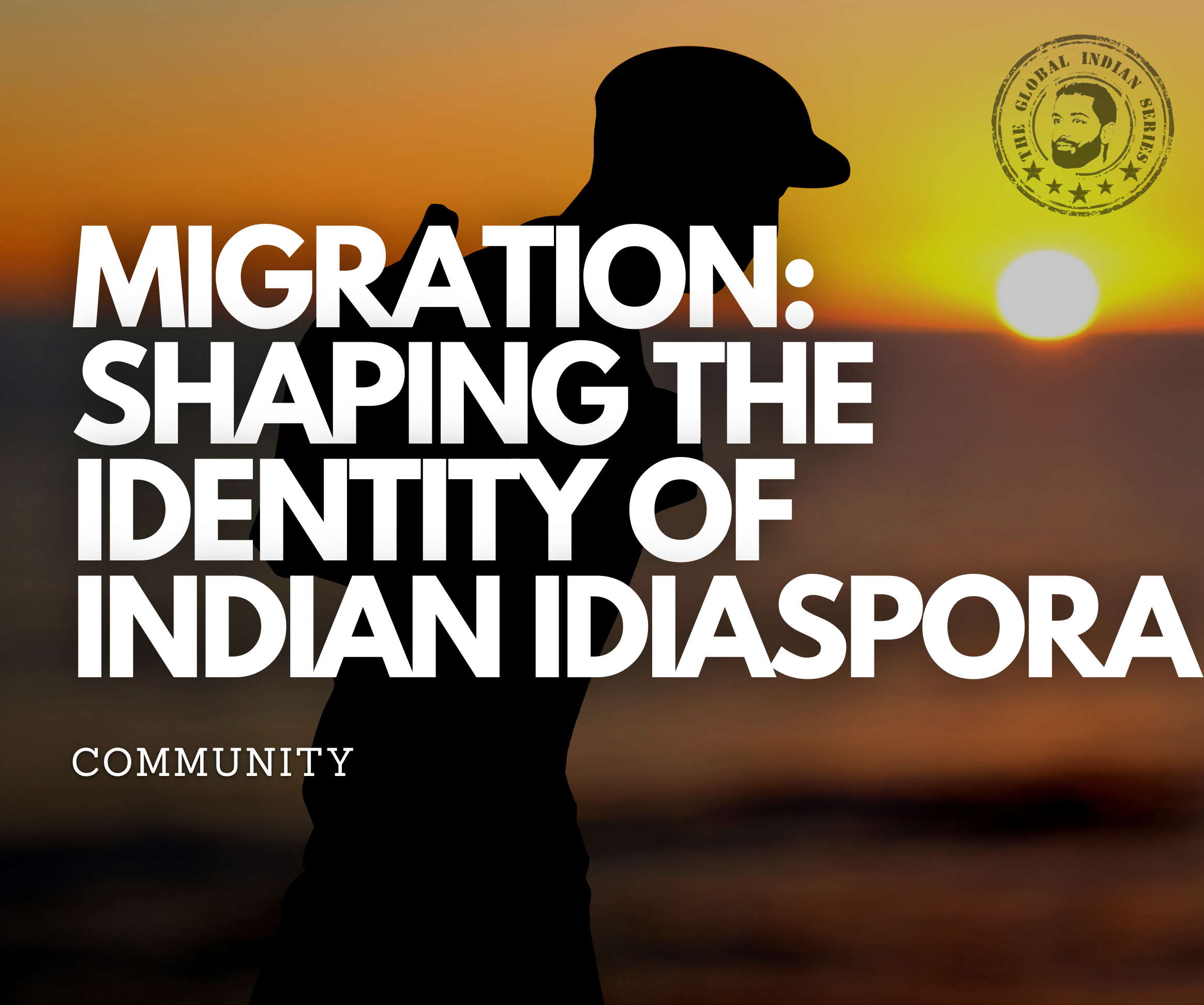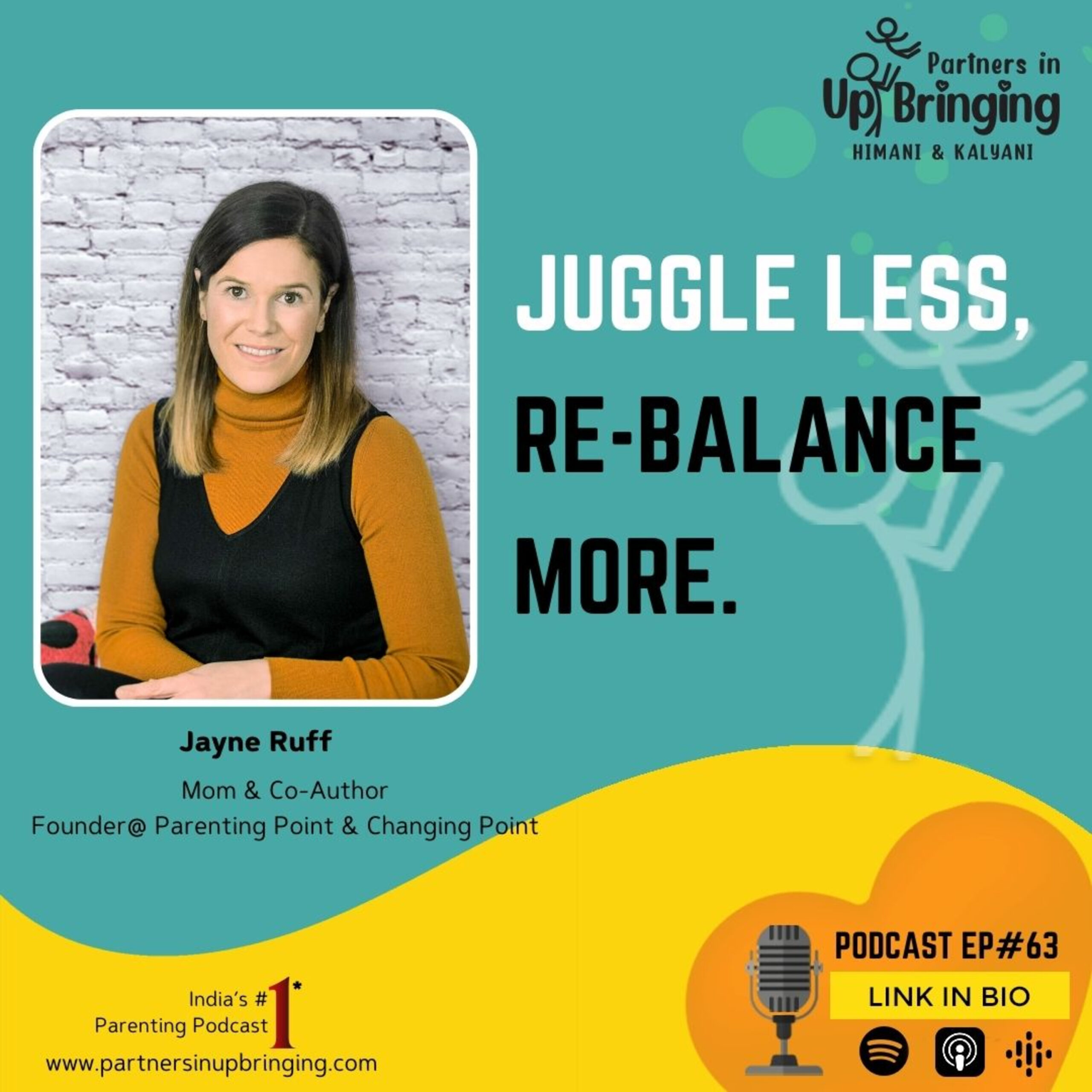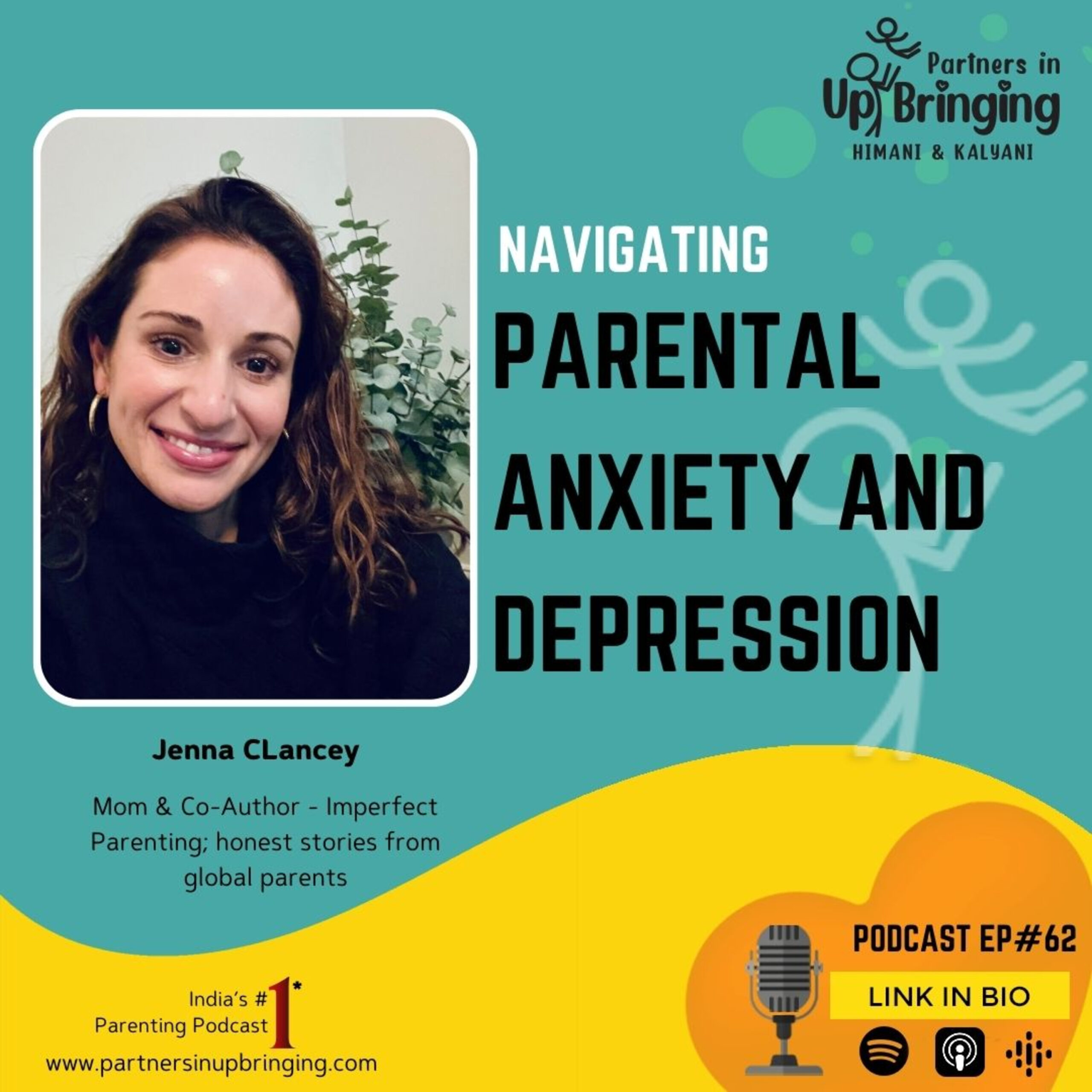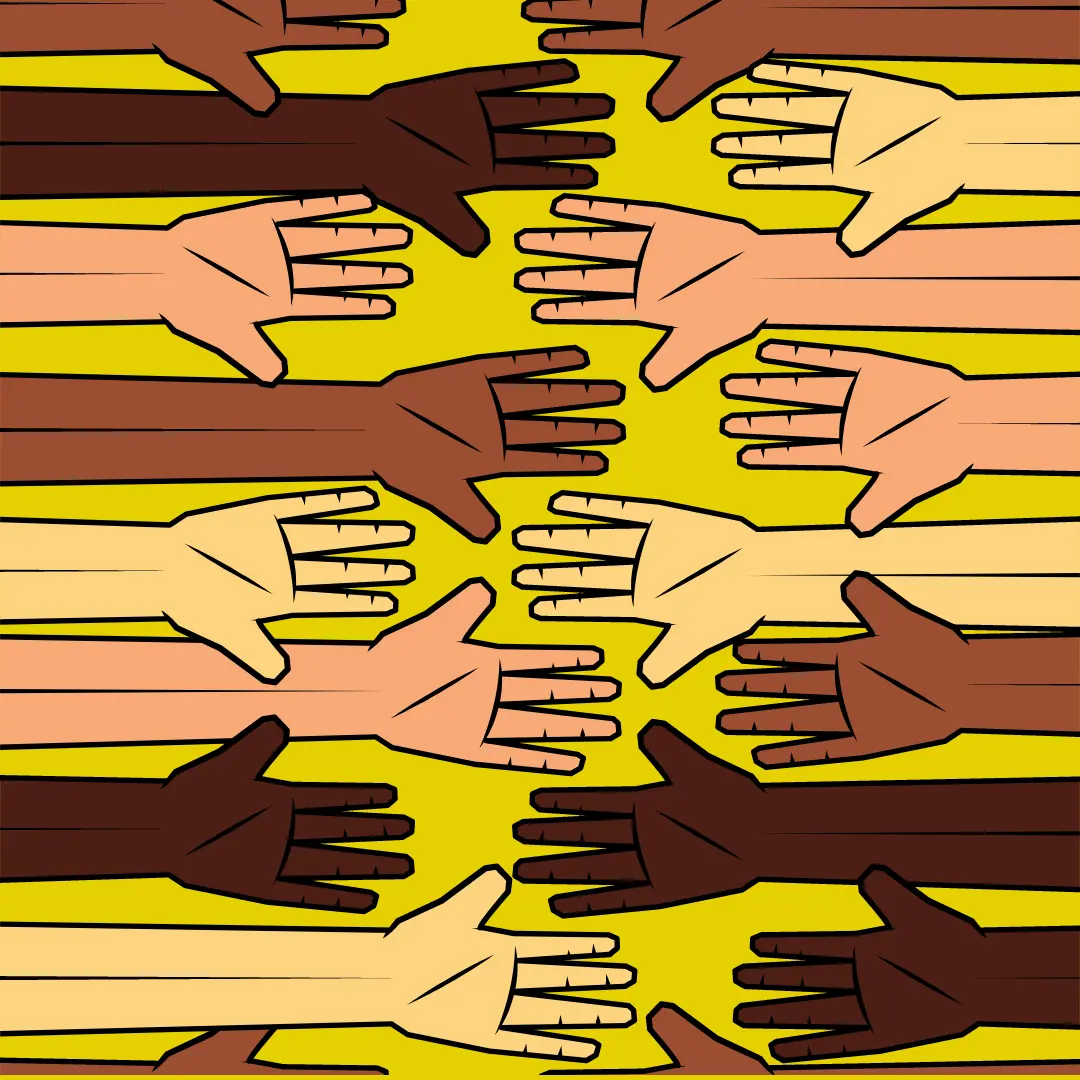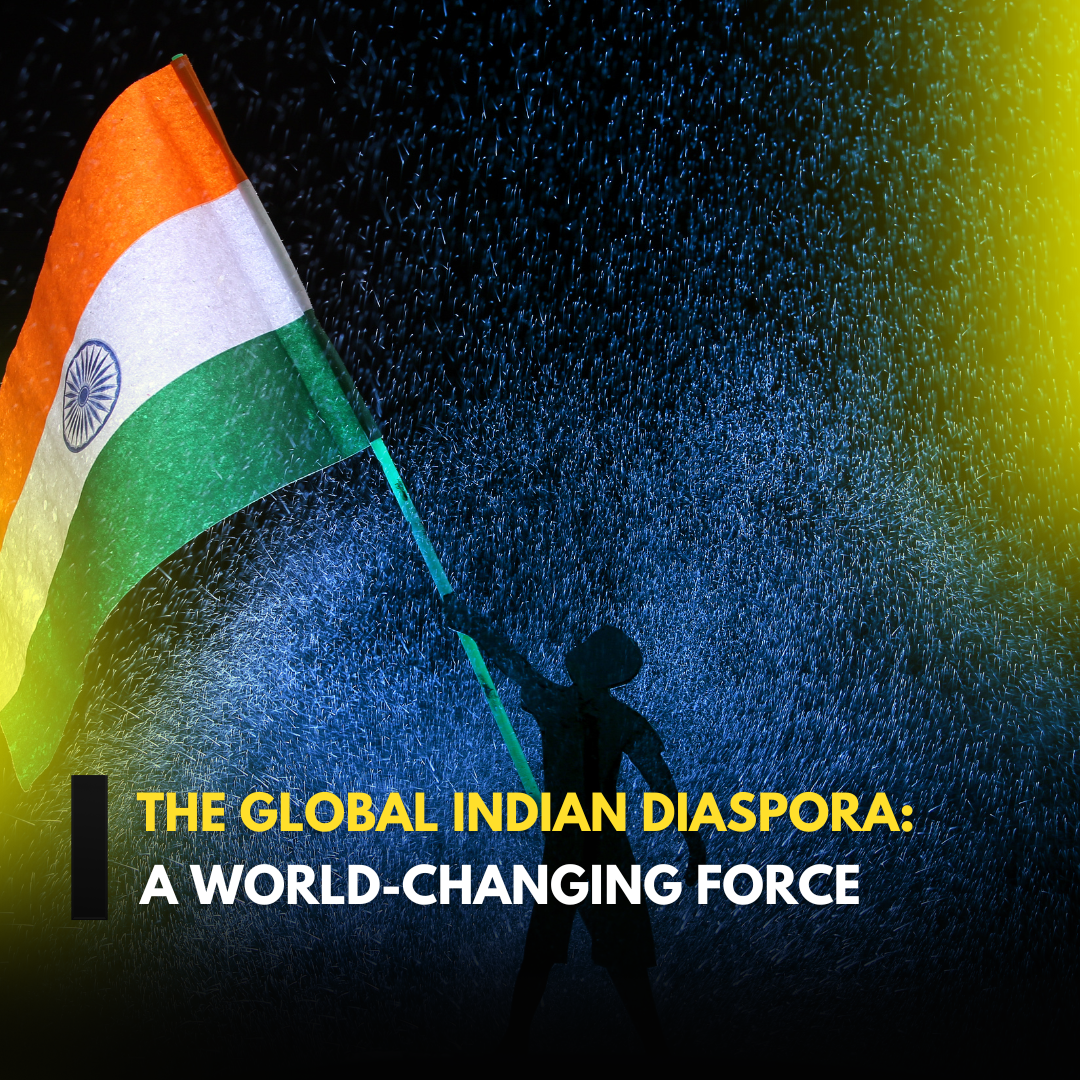Migration: shaping the indian diaspora – As a kid whose age was barely into the double digits, I was excited when the storied team from the West Indies toured India in 1974 to play a series of cricket matches. I was psyched about Andy Roberts and Clive Lloyd and the rest, and couldn't wait for India to beat them. I pulled up the rudimentary atlas that we had at home to locate the West Indies on the map. Shockingly, there was no country called West Indies. Even more shocking was reading that one of the newest members of the team, Alvin Kallicharran, had ancestral roots in India. I suppose I was destined to end up in a geography department somewhere!
Kallicharran is from Guyana, which is indeed a country on any map, and is one of the member regions of the West Indies cricket team. The West Indies itself is a label that contrasts to the other part of the world that the British had colonized in the east—the Indian subcontinent. Men and women migrated from the subcontinent to the Caribbean lands as indentured labor for the sugarcane plantations after slavery was abolished in the British Empire. Lomarsh Roopnarine writes about the indentured labor and contemporary migration, and the difficult challenge of identity that any diaspora faces, in his The Indian Caribbean: Migration and Identity in the Diaspora. Coincidentally, Roopnarine is also from Guyana.
We tend to forget the magnitude and geographic reach of this practice of moving labor from the subcontinent to the European colonies: “An estimated two million Indians were taken out of India to provide indentured labor in former European slave colonies in the Indian Ocean and Pacific islands, Asia, South Africa, and the Caribbean” (p. 138). Roopnarine timed this book “to mark and celebrate 2017 as the one-hundred-year anniversary of the abolition of indentured immigration to the Caribbean” (p. 12).
As one can imagine, it was not an easy task to convince people to enter into an arrangement of indentured labor to work in faraway places they had never heard about. Indians willing to work in plantations, where back-breaking conditions were somehow better than the deprivation they faced in the villages, preferred to seek agricultural opportunities within India, naturally. Recruiters looking for labor in Assam, for instance, “could easily outbid the Caribbean recruiter because there was no sea to cross, the distance was shorter, and the pay was better” (p. 25).
Thus, people had to be terribly desperate to get on ships and travel for about a hundred days to reach unknown destinations 11,000 miles away. In such contexts, there is a lot more to understanding the migration of labor than through a simple push–pull model of migration. Roopnarine offers fascinating tidbits that provide clarity on how this migration happened. For instance, recruiters told Indians “that they were going to Sri-Ram instead of Suriname” (p. 31). Such a strategy might have worked for Hindus, for whom the god Ram represents the supreme in goodness and in battling evil. A majority of the Indians who left the subcontinent as indentured labor in the Caribbean were Hindus. With the Hindu society stratified by castes and subcastes even now, one of the benefits of this indentured emigration was that “caste did not survive the crossing from India to the Caribbean plantations” (p. 35).
Unlike with slavery, those serving as indentured laborers had fixed-term contracts and could either return home after the contract expired, or could stay back either as free people or to enter into new contracts. About half a million Indians left India as indentured labor in the Caribbean, and “about two-thirds of them chose to stay in the Caribbean—a majority in Guyana, Trinidad, and Suriname” (p. 13). Roopnarine notes that when some of the indentured laborers returned to India, they often had to choose between reclaiming their castes after going through purification ceremonies—if they wanted to reintegrate with their peoples—and hiding their Caribbean experiences by becoming invisible in big cities like Calcutta (pp. 68–69). Some even opted to go back to the Caribbean to work in the miserable conditions because they could no longer fit into their old country.
What Roopnarine attempts in this book is a result of “over twenty-five years of formal and informal ethnographic research in the Caribbean and the North American Indian community” (p. 10). He adds that people “as opposed to institutions, tend to reveal lived experiences normally not found in written sources” (p. 10). I agree. In fact, I wish that he had gone one step more and provided autoethnographic insights as well; perhaps Roopnarine has such a book in his future plans.
Some of the more interesting parts of the book deal with migration within the Caribbean. Until the countries became independent, migration was relatively uncomplicated across the colonies, like between Guyana and Suriname. Roopnarine writes that this migration in the colonial years “was driven more by cultural rather than economic reasons” (p. 73). In contexts like this, readers like me would have appreciated the discussions if Roopnarine had added rich details instead of sentences like this: “The size of this early migration is not precisely known, but it is safe to say that it comprised around five thousand to eight thousand migrants between 1920 and 1960” (p. 73). Because the author is bringing in his years of research on this topic, this is perhaps something familiar to him, but details on these important issues would have made his observations more compelling.
Roopnarine could have also included maps at appropriate points in the book. Although my fascination with the West Indies is more than four decades old, and Google—unlike the atlas of my childhood—easily provides me with details on places like New Nickerie in Suriname, thematic maps in particular would have immensely enriched the discussions on intercolony and transnational migrations.
The world has changed a lot, and for the better, since those days of indentured labor. In trying to establish new identities, many Indians in the Caribbean have moved out of the region to the United States, or to the old colonial motherlands like the United Kingdom and the Netherlands. From the Trinidad-born Nobel laureate V. S. Naipaul to the thousands of unknowns, Indians from the Caribbean have settled elsewhere. At the same time, in a much freer world compared to the nineteenth century of indentured labor, Indians are now voluntarily moving to the Caribbean in response to economic opportunities. These nonresident Indians (NRIs), as the Indian government refers to its expatriate community, bring entirely different dynamics to identity creation, not only for themselves but also for the Caribbean-born with Indian roots.
The differences begin right away with where the NRIs live with “privilege and prestige”: “Their residences are located in well-to-do neighborhoods and their children attend the best schools in the host country” (p. 111). Whereas the old indentured labor conditions dissolved the caste and religious differences among the Indians who came from the least privileged classes, the modern conditions of migration do not seem to eradicate those divisions. The new arrivals—the NRIs—view themselves to be different from the native-born. Consider love and marriage, for instance. In India, love and marriage rarely happen outside a framework that is constrained by religion and caste, and the NRIs typically travel with that cultural tradition. As a result of the old country traditions that don't go away, the NRIs “do not generally marry someone or let their children marry someone from the Caribbean” (p. 112). I can easily imagine how difficult it will be for me to explain such behavior to white undergraduate Oregonians in a “diversity” course that I teach! Education is about such complicated issues, however, and learn we must.
Migration has not ended, and will not end anytime soon, as long as there are countries that allow the free movement of people. Alvin Kallicharran now lives in England, and Lomarsh Roopnarine lives in the United States—both far away from Guyana, and India is even farther. Since India's independence in 1947, more than 16 million people, including me, have migrated to different parts of the world, making us the largest diaspora population. The process of creating new identities starts all over again with every new wave of migration. Lomarsh Roopnarine's conclusion about Indians in, and from, the Caribbean applies to the diaspora: Our “identity has been shaped more by global experience and less by one specific geographic location” (p. 140). I fully expect humans to continue to create new identities as we keep moving, which we certainly will do as free people.
Sriram Khé
Article was published on date: October 10, 2019
Media house: Taylor & Francis Online
Link to original article: https://www.tandfonline.com/doi/full/10.1080/2325548X.2019.1650535
Notes: apart from title change, the article has remained the same.
-------------------------------

